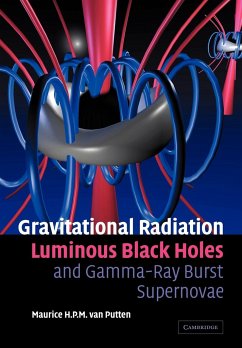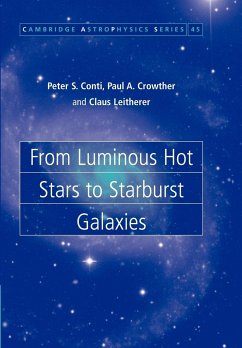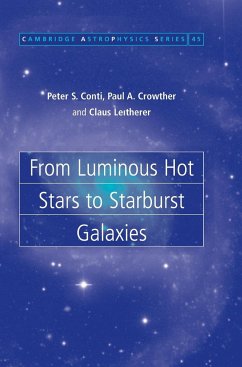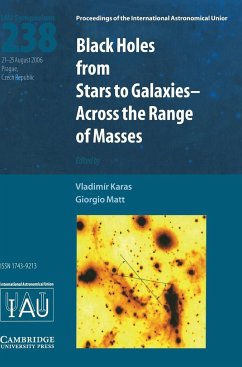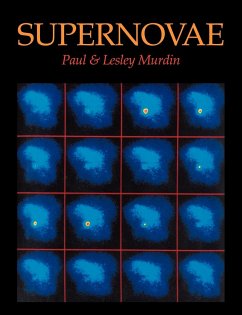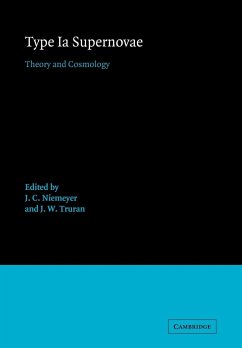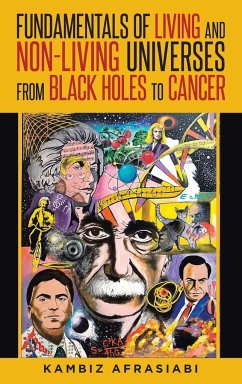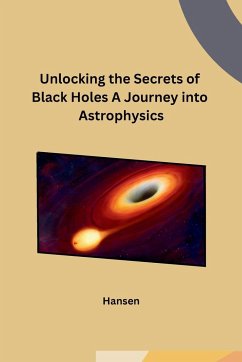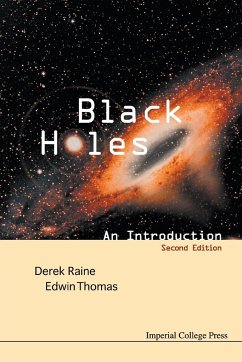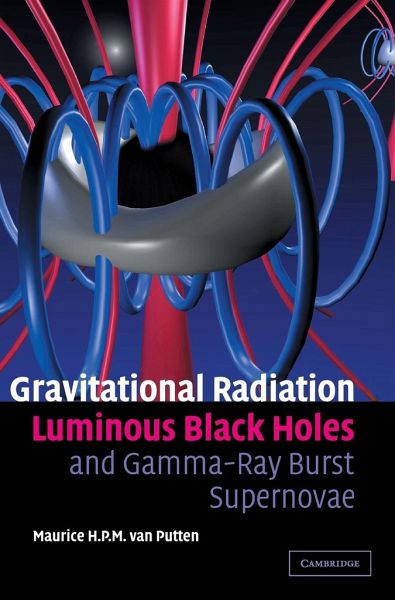
Gravitational Radiation, Luminous Black Holes and Gamma-Ray Burst Supernovae
Versandkostenfrei!
Versandfertig in 1-2 Wochen
137,99 €
inkl. MwSt.
Weitere Ausgaben:

PAYBACK Punkte
69 °P sammeln!
Black holes and gravitational radiation are two of the most dramatic predictions of general relativity. The quest for rotating black holes - discovered by Roy P. Kerr as exact solutions to the Einstein equations - is one of the most exciting challenges facing physicists and astronomers. Gravitational Radiation, Luminous Black Holes and Gamma-Ray Burst Supernovae takes the reader through the theory of gravitational radiation and rotating black holes, and the phenomenology of GRB-supernovae. Topics covered include Kerr black holes and the frame-dragging of spacetime, luminous black holes, compac...
Black holes and gravitational radiation are two of the most dramatic predictions of general relativity. The quest for rotating black holes - discovered by Roy P. Kerr as exact solutions to the Einstein equations - is one of the most exciting challenges facing physicists and astronomers. Gravitational Radiation, Luminous Black Holes and Gamma-Ray Burst Supernovae takes the reader through the theory of gravitational radiation and rotating black holes, and the phenomenology of GRB-supernovae. Topics covered include Kerr black holes and the frame-dragging of spacetime, luminous black holes, compact tori around black holes, and black-hole spin interactions. It concludes with a discussion of prospects for gravitational-wave detections of a long-duration burst in gravitational-waves as a method of choice for identifying Kerr black holes in the Universe. This book is ideal for a special topics graduate course on gravitational-wave astronomy and as an introduction to those interested in this contemporary development in physics.





